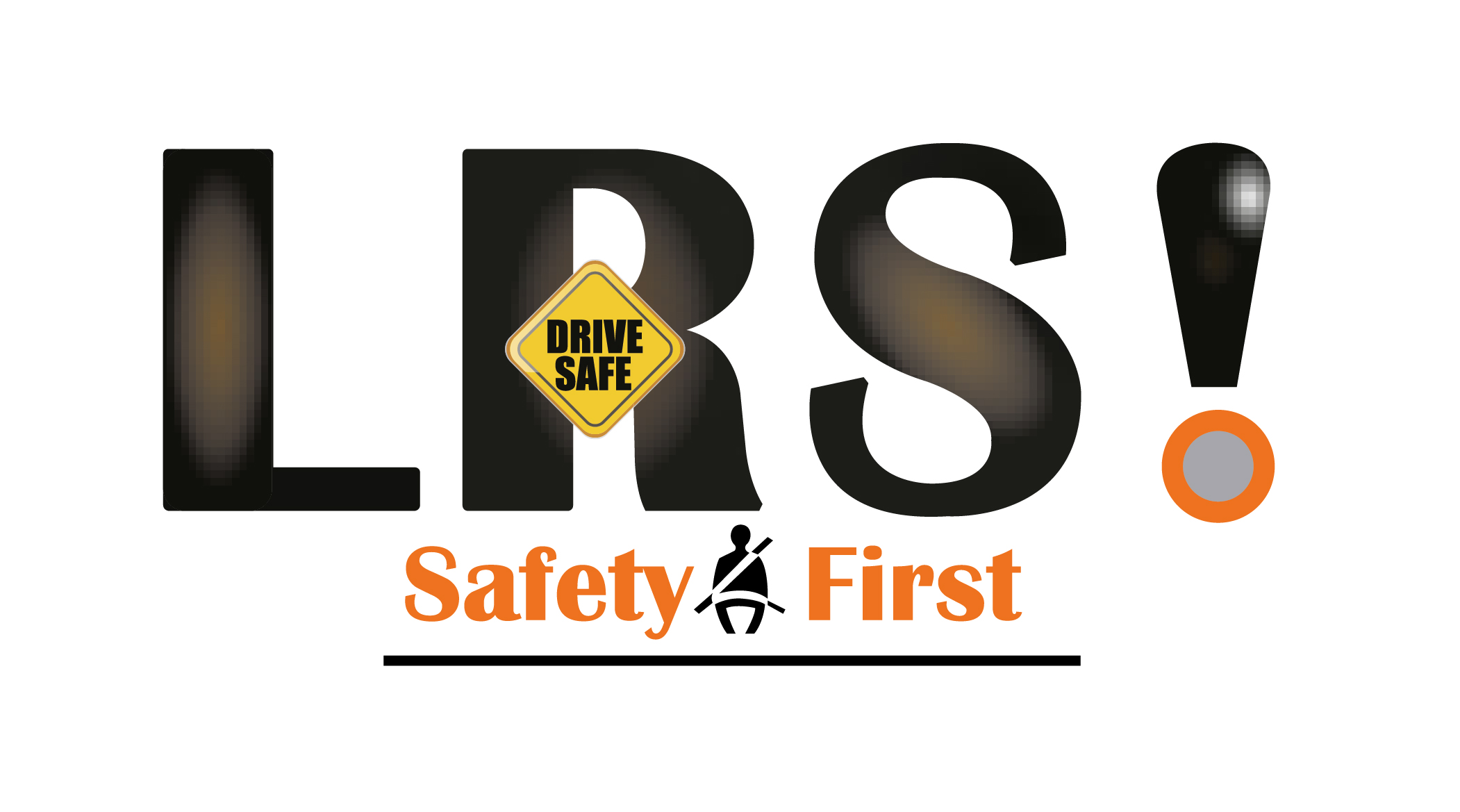Road users pose risks to each other. Young people, between 5 and 29 years old, face the largest risk in traffic. Contributing factors to highway crashes may be related to the driver (such as driver error, illness, or fatigue), the vehicle (brake, steering, or throttle failures), or the road itself (lack of sight distance, poor roadside clear zones, etc.).
Human error is often seen as the cause of road accidents. While it may not be possible to stop people from making mistakes, these mistakes need not result in fatalities. The traffic environment must be developed in such a way that human errors do not lead to serious consequences. Interventions may seek to reduce or compensate for these factors or reduce the severity of crashes.
Road safety is important for all road users. Road safety in general can be increased through three main channels: road users, the traffic environment, and the condition of the vehicles on the roads.
Traffic regulations are intended to decrease the risk of accidents. Improving road safety involves dealing with issues related to road users, the traffic environment, and the condition of vehicles. Investigating road accidents can also prevent further accidents. Work-related road safety should be managed by integrating it into the arrangements for managing overall health and safety at work. Accident prevention on roads includes factors related to the traffic environment, vehicles, and road users, whether this is work- or leisure-related.
As employers are responsible for the occupational safety of their workers, the following should be included in the workplace’s driving policy:
- Training for employees (safe driving, first aid, loading of vehicles, how to report accidents and near misses on the road, etc.)
- Appropriate, safe vehicles with appropriate safety devices
- Clarification of responsibilities for the maintenance of vehicles and safety devices
- Rules prohibiting phone conversations while driving
- Rules prohibiting driving under the influence
- Schedules made loose enough for safe driving and flexibility of working time
- Rules on taking breaks while travelling on the road
- A process for gathering and handling accident reports, near-miss reports and safety notices from the road
Our transport regulations require that all occupants of all motor vehicles wear seatbelts on both front and rear seats. Employers should point out to their workers that it is the driver’s responsibility to ensure that all passengers wear seatbelts. Bus drivers should also inform passengers that seatbelts should be worn in buses.
For those undertaking training, the training of road users should begin early, and they should also be taught safe road habits (such as keeping the distance, non-aggressive driving, etc.). These habits should be repeated to workers if their work requires driving, and training should be updated regularly in order to keep road safety in mind
Richard Young Owere


